Vikas Bansal, President and CEO – International, GameChange Solar, expects that 55–60% of new utility-scale solar capacity additions in India in FY 2027 will use trackers — a significant jump from the current 30–35% adoption rate.
This growth, he said, will be primarily driven by FDRE (Firm and Dispatchable Renewable Energy) projects and higher module prices following the ALMM (Approved List of Models and Manufacturers) mandate for locally produced solar cells.
“Till last year, about 20–25% of annual utility-scale PV additions used trackers. This year, the number has gone up to 30–35%. Given that India adds about 30 GW of utility-scale solar capacity annually, the tracker market today stands at around 10–12 GW. Next year, with the new regulations and project requirements, 55–60% of projects will use trackers. So, the market will be much larger for us,” Bansal told pv magazine at REI 2025.
GameChange Solar began its India operations in 2021, initially as part of a China-plus-one manufacturing strategy. However, the country has quickly evolved into the company’s second-largest manufacturing base and second-largest market, after the United States.
The company works with multiple contract manufacturing partners across India to produce solar trackers and components locally.
“In the past two years, there’s been a significant shift from fixed-tilt to tracker-based plants in India,” Bansal noted. “Due to local module requirements and higher pricing, along with FDRE tenders that demand a flatter generation curve, trackers have become the preferred choice.”
GameChange Solar has already commissioned 6–7 GW of solar trackers in India, including about 3–4 GW from its Genius 2+2 tracker model. The company expects to reach 15–17 GW of cumulative installations by March 2026.
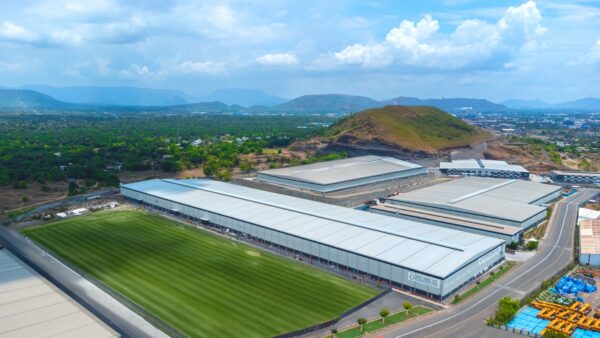
GameChange Solar
Built on the company’s global Genius platform, the Genius 2+2 tracker is engineered for uneven terrain and variable land conditions, making it particularly suitable for Indian project sites.
Beyond its core tracker business, GameChange Solar has diversified into transformer manufacturing under the banner of GameChange BOS, a division of GameChange Energy Technologies. They launched their new 1.8 lakh square foot facility in Taloja, Mumbai. The plant marks the company’s move toward horizontal integration, strengthening its position in the renewable energy supply chain.
The Taloja factory can produce around 2,000 medium-voltage transformers per year. Compliant with Indian and global standards, these transformers primarily serve markets like India, the U.S., Europe, Africa, and other regions. These transformers meet both Indian and international standards and are primarily designed for use in renewable energy, data centres, BESS, and large-scale electrification infrastructure projects.
“There has been a shortage of quality transformers in the mid-voltage segment,” said Bansal. “With this facility, we aim to bridge that gap by offering tier-one quality at scale.”
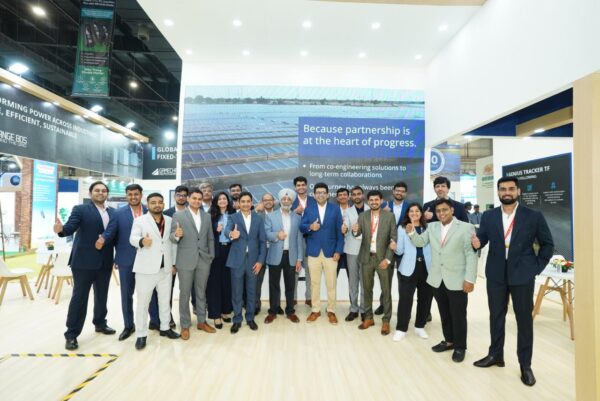
GameChange Solar
This content is protected by copyright and may not be reused. If you want to cooperate with us and would like to reuse some of our content, please contact: editors@pv-magazine.com.
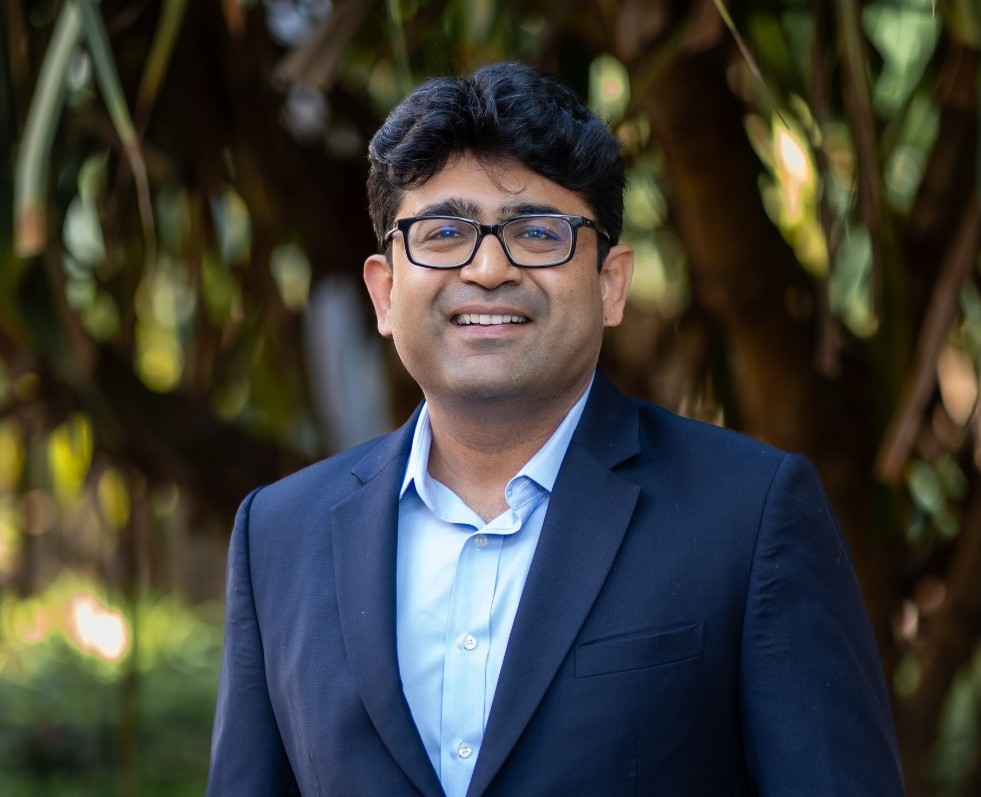
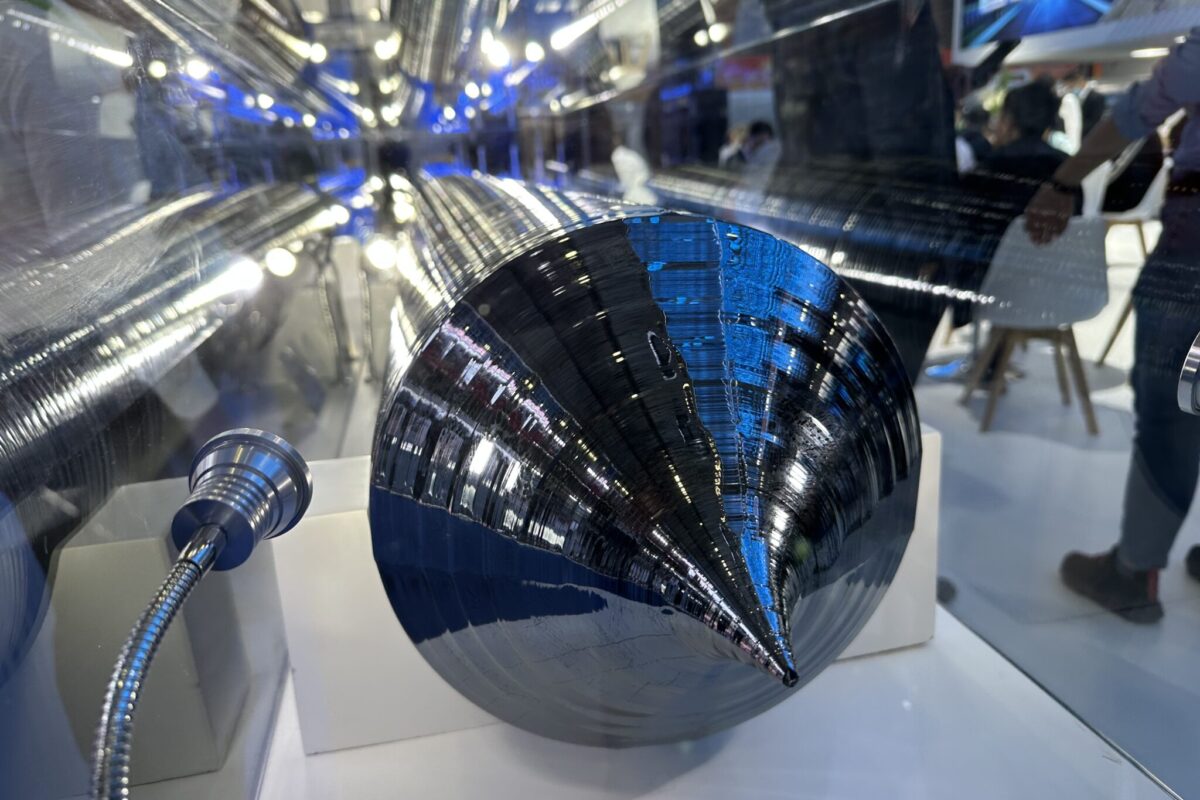


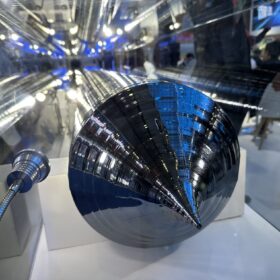

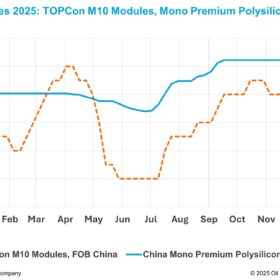
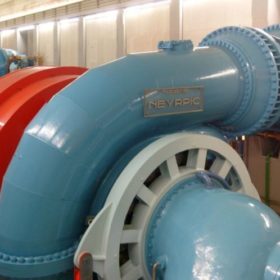
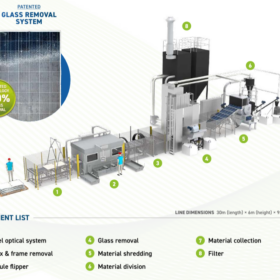
Sir my son studied M. Tech in energy system in JNTU Anathapuram A. P. Is there any vacancy in your firm
You can contact me , I may help you finding some job
My number is 8978049131